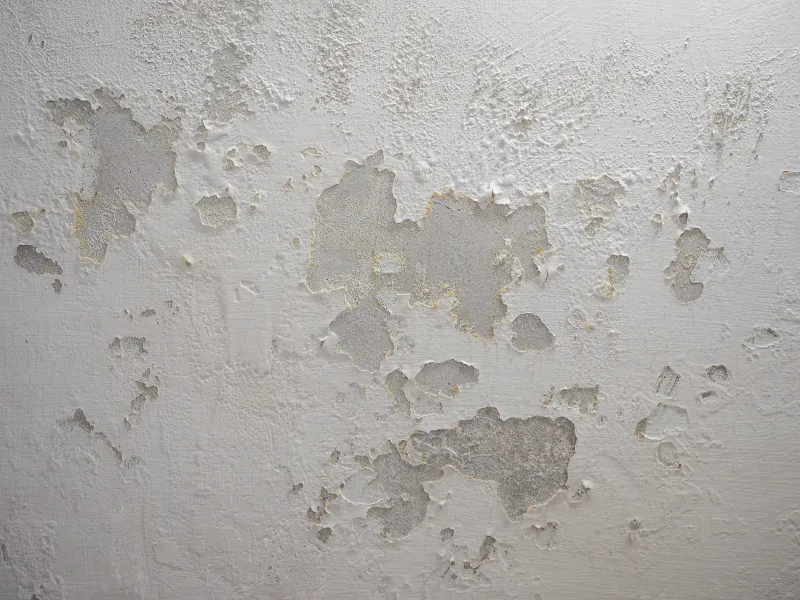Have you been trying to find facts around 5 Home Safety Tips To Reduce The Risk Of Fire And Water Damage?

Water provides life, water breach on components where it's not supposed to be can result in damage. If the water soaks into your structure, it can peel off away surface areas as well as erode the structure. Mold and mildew as well as mold additionally grow in a damp atmosphere, which can be hazardous for your health and wellness. Homes with water damages odor old as well as moldy.
Water can originate from several resources such as hurricanes, floodings, burst pipes, leaks, and sewage system concerns. In case you experience water damage, it would certainly be excellent to recognize some safety precautions. Here are a few guidelines on just how to take care of water damage.
Do Prioritize Home Insurance Coverage
Water damage from flooding dues to heavy winds is seasonal. You can additionally experience a sudden flood when a malfunctioning pipe instantly breaks right into your home. It would be best to have house insurance that covers both acts of God such as natural tragedies, and emergencies like broken plumbing.
Don't Neglect to Switch Off Utilities
In the event of a calamity, specifically if you live in a flood-prone area, it would certainly be suggested to turn off the primary electrical circuit. This removes power to your entire home, stopping electric shocks when water is available in as it is a conductor. Don't neglect to turn off the major water line shutoff. When floodwaters are high, furnishings will move and also create damages. Having the primary valve shut off stops additional damage.
Do Stay Proactive and Heed Weather Condition Alerts
Storm floods can be extremely unpredictable. If there is a history of flooding in your community, stay ready as well as positive. If you live near a river, creek, or lake , listen to evacuation warnings. Take out valuables from the ground floor and cellar, after that put them on the greatest possible degree. Doing so decreases prospective residential property damage.
Do Not Overlook the Roof
You can prevent rainfall damage if there are no openings as well as leaks in your roof covering. This will avoid water from moving down your wall surfaces and soaking your ceiling.
Do Focus On Small Leaks
A ruptured pipe does not take place over night. Generally, there are warnings that show you have actually deteriorated pipelines in your house. As an example, you may observe gurgling paint, peeling off wallpaper, water streaks, water stains, or leaking noises behind the walls. At some point, this pipeline will break. Ideally, you need to not wait for points to rise. Have your plumbing fixed prior to it leads to substantial damage.
Do Not Panic in Case of a Burst Pipeline
Keeping your presence of mind is essential in a time of dilemma. Because it will suppress you from acting quick, worrying will only worsen the trouble. When it involves water damage, timing is vital. The longer you wait, the more damage you can expect. Therefore, if a pipe bursts in your home, instantly shut off your main water shutoff to cut off the source. After that unplug all electric outlets in the area or shut off the circuit breaker for that part of your home. Lastly, call a reputable water damage reconstruction specialist for aid.
Water offers life, water intrusion on components where it's not intended to be can result in damage. Residences with water damage smell old as well as moldy.
Water damages from flood charges to hefty winds is seasonal. You may observe bubbling paint, peeling wallpaper, water streaks, water stains, or dripping noises behind the walls. When it comes to water damages, timing is crucial.
Some Do's & Don't When Dealing with a Water Damage
DO:
Make sure the water source has been eliminated. Contact a plumber if needed. Turn off circuit breakers supplying electricity to wet areas and unplug any electronics that are on wet carpet or surfaces Remove small furniture items Remove as much excess water as possible by mopping or blotting; Use WHITE towels to blot wet carpeting Wipe water from wooden furniture after removing anything on it Remove and prop up wet upholstery cushions for even drying (check for any bleeding) Pin up curtains or furniture skirts if needed Place aluminum foil, saucers or wood blocks between furniture legs and wet carpet Turn on air conditioning for maximum drying in winter and open windows in the summer Open any drawers and cabinets affected for complete drying but do not force them open Remove any valuable art objects or paintings to a safe, dry place Open any suitcases or luggage that may have been affected to dry, preferably in sunlight Hang any fur or leather goods to dry at room temperature Punch small holes in sagging ceilings to relieve trapped water (don't forget to place pans beneath!); however, if the ceiling is sagging extremely low, stay out of the room and we'll take care of it DO NOT:
Leave wet fabrics in place; dry them as soon as possible Leave books, magazines or any other colored items on wet carpets or floor Use your household vacuum to remove water Use TV's or other electronics/appliances while standing on wet carpets or floors; especially not on wet concrete floors Turn on ceiling fixtures if the ceiling is wet Turn your heat up, unless instructed otherwise

We hope you liked our section on Fire And Water Damage Prevention. Thank you for taking time to browse our short article. Sharing is good. You just don't know, you might be helping someone out. Thank you for taking the time to read it.